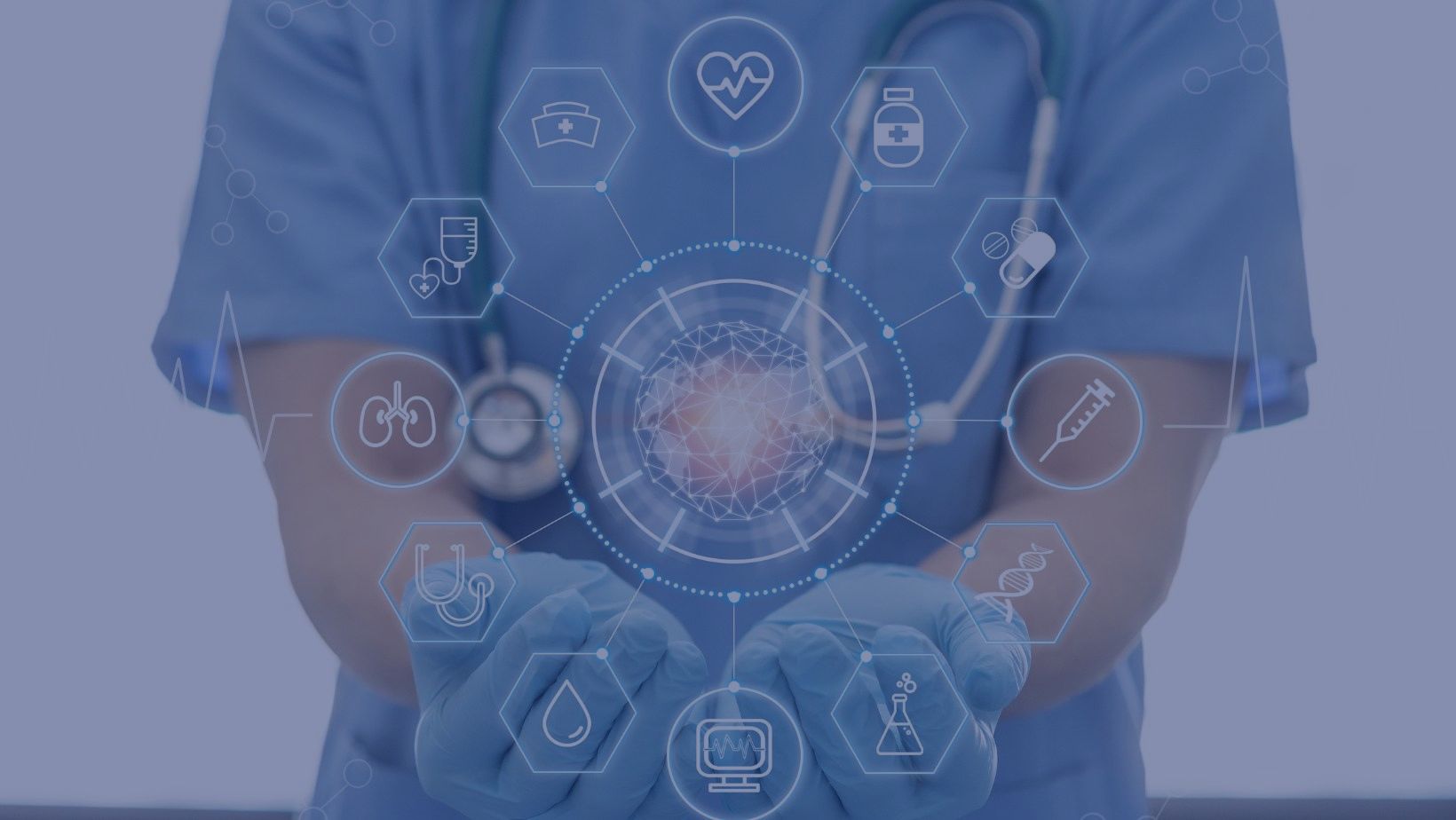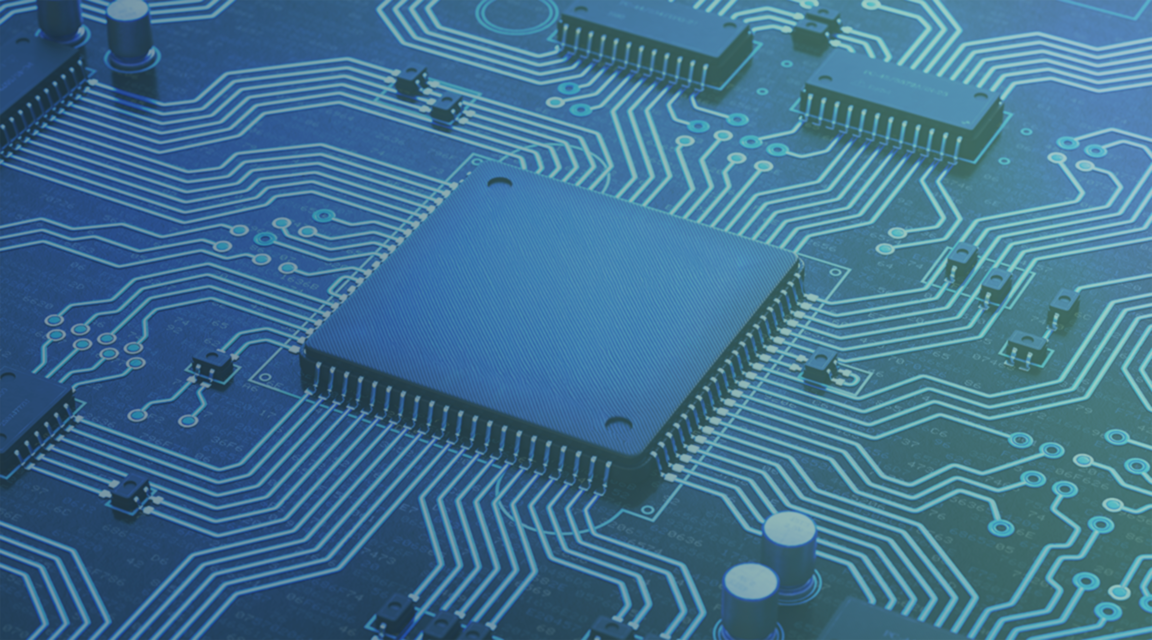Semiconductors and ASICs are true game changer for medical technology and healthcare. They enable miniaturization, mobilization and are increasingly providing a better ROI than conventional technologies. In a nutshell, they provide the following advantages for stakeholders in healthcare:
-
For doctors: higher precision in diagnostics and monitoring, as well as in medical scientific applications
-
For all medical staff: higher productivity through increased automation and connectivity
-
For patients: higher convenience through miniaturization and increased wearability. Plus, through more point-of-care applications, reduction of travel and waiting times for medical appointments
-
For payers and society as a whole: lower costs in the long run and better accessibility
In this blog post, we lay out three of the most exciting and promising medical ASICs use cases today. We provide an update about recent developments in the field – and hope to inspire you about new use cases for your next medical device!
Use Case 1: Rapid and Point-of-Care Testing (POCT)
The recent pandemic has shown that diagnostic testing on a large scale – or even population scale – poses huge challenges. The greater challenge lies not necessarily in the actual development of new testing technologies. For instance rapid testing was made commercially available only a few months after SARS-CoV-2 was first detected.
Rather, the problem is logistics: How do patients get to testing stations? How are tests organized when no medically experienced staff is available? How are test results submitted to the patient, and how can they be collated and analyzed in an efficient and meaningful way?
The key is seamless digitalization at the point-of-care, improving the management of outbreaks and other critical situations in several vital ways:
-
Data security and thus confidentiality of patient data can be ensured by removing the element of human error and manipulation in key steps of the process. Encryption and other safety measures can be included in devices as “safety by design”.
-
Security can be automated as well as other steps of the process. Thus, processes can be run by less specialized personnel, freeing highly qualified medical personnel for actual patient care.
-
The local, point-of-care nature of ASIC-powered devices lends itself naturally to hyperlocal control and geofencing of events.
-
And finally, devices are smaller and more affordable, and they can interface easily with ubiquitous smartphones.
The POCT market has been predicted by PwC and other well-known analyst firms to grow significantly in coming years. And maybe you will be a part of it?
Use Case 2: New medical imaging technology and Artificial Intelligence for medical imaging
Since the very beginnings of medical imaging – when Röntgen invented the X-ray in 1895 – imaging machines were unwieldy and complicated. And for any hospital or private practice, they were (and continue to be) a huge financial burden.
Traveling to places that are equipped with imaging machines can be inconvenient and even difficult for some patients, such as the elderly or handicapped. And many find MRIs and similar procedures frightening and stressful.
ASICs help to bring imaging to the mobile age. Devices are becoming cheaper and more portable. Doctors can bring them on house calls and patients can even use them at home. Then, transmit their data to the doctor’s office or hospital for evaluation. In fact, fetal ultrasound devices can now be used by pregnant woman at home and are being pilot tested.
Even for imaging procedures that will stay in the hands of healthcare professionals – such as endoscopy – ASIC-based miniaturization is helping to make devices cheaper (enabling disposable endoscopes), more accessible and less invasive. This improves the experience for patients, doctors and nurses alike.
Finally, modalities that still require large machines, such as CT and MRI, still benefit from ASIC integration. They can be seamlessly connected to the medical internet of things (IoT), enabling AI analyses in real time[1].
Radiology and related specialties have been at the forefront of AI adoption in recent years. Many radiologists have been relieved from having to perform routine assessments by specialized AI applications. Thus, they are now able to focus on the more challenging and abnormal findings that still require the human eye and expertise.
Use Case 3: Monitoring and AI
Fitness watches are able to monitor a wide range of vital signs from heart rhythm and frequency to temperature to sleep patterns. More advanced devices are now being used in medical diagnostics and monitoring as well for glucose levels and sophisticated cardiological analyses.
Connecting these devices with powerful cloud services and performing AI-powered analyses is hugely beneficial. The amount of data that are generated are so large that no single individual, whether the users themselves or healthcare professionals, could manage to analyze them in a reasonable amount of time.
Monitoring thus is another field that massively benefits from real-time acquisition and analysis of remotely-collected data. The medical IoT, made possible by ASIC integration into a large range of devices, is also a machine-learning and AI-based IoT.
Learning More and Getting Started
You may certainly have some ideas of market needs that you may want to address with a move to miniature and mobile ASIC technologies. But how to start?
One thing is certain: Not every healthcare or med tech company can provide all the required expertise in-house. Nor should they! It is best to focus on a company’s expertise instead of trying to cover everything. The field of semiconductor technologies has become far too large and complex to be handled by any individual or small department.
Instead, work with a strong partner. Presto has 35 years of expertise in ASIC and semiconductor design. We have worked with companies from diverse industries, and we cover the full lifecycle of development, from design to production.
Most importantly, we hold an intellectual property (IP) portfolio that includes a large number of circuit blocks, from connectivity to power management, and in particular, sensor and analog front-end stages. We collaborate as closely with you as if we were your own in-house department, and we tailor specific IP blocks to your custom sensor or end goal. This gives you a crucial advantage over your competitors – with better technology, cost-efficient development and/or a faster time to market.
Like more than 1,000 customers we’ve served to date, you too will enjoy going on this journey with us to revolutionize healthcare and contribute to a fulfilling mission. Get in touch with us to schedule a virtual or physical meeting to discuss your project and ideas.
 ASIC Design Solutions
ASIC Design Solutions
 IP Platforms
IP Platforms
 Semiconductor Manufacturing
Semiconductor Manufacturing
 Test Services
Test Services

.png)

